While setting up your event, leave a handful of index cards and a pen or two at each table so that people can keep their response private. The last thing we want is someone shouting out an item they’d like to donate and no one in the room looking interested. Then at the start of the evening, your auctioneer takes to the stage and makes an energetic ask for auction items.
I usually say something along the lines of, “If you have an item that you are interested in donating to the auction, right here right now, write it down on one of the cards on your table and someone will be by to pick it up.”
When we ask this question at an event, we already know there’s someone in the room with an amazing item they considered donating but for whatever reason the ask was never made.
I have gotten some amazing items this way.
At a recent event I got back six cards, three of which had spectacular items written on them. We quietly went back to these donors and asked them for more information about the items as the evening continued.
Once you start getting a few items, it’s not uncommon for more to slowly roll in. You end up with both new, fresh items to sell this year, and a lead on some great items for the next year.
It gives you an easy out to not sell all the items that night because you ran out of time. It also gives you information on who in your audience is willing to donate items and what type of items they have. This information is invaluable when it comes to sourcing items for the following year. It builds upon itself making your auction procurement time shorter and more efficient.
Has your nonprofit used this technique at your charity auction? Let me know how it worked for you down in the comments.

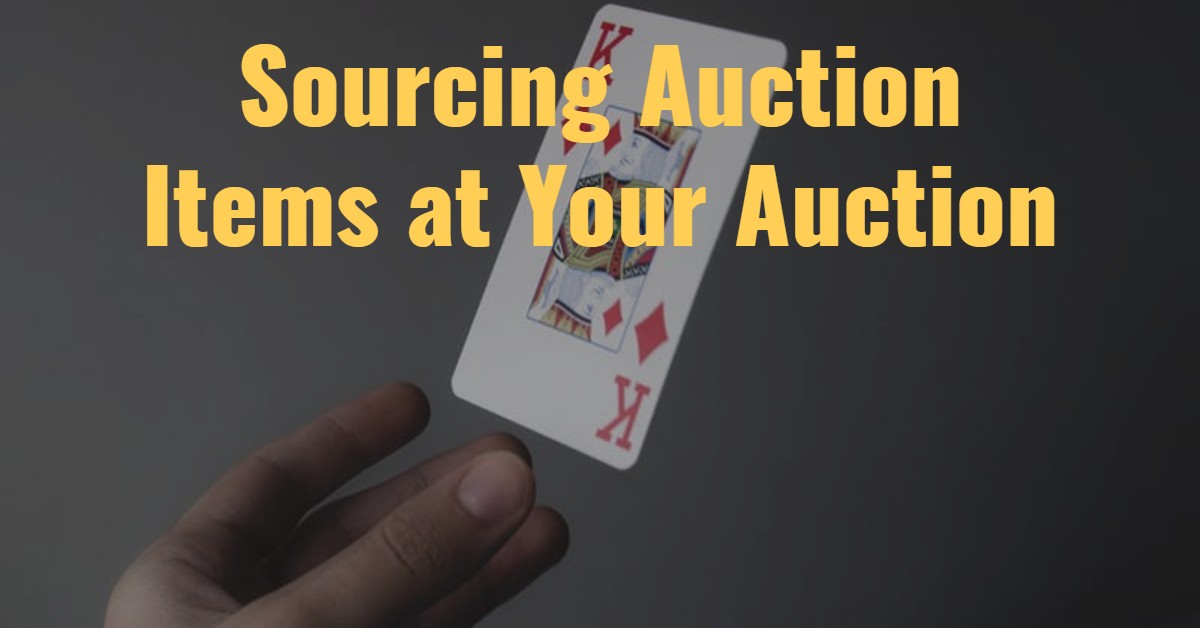

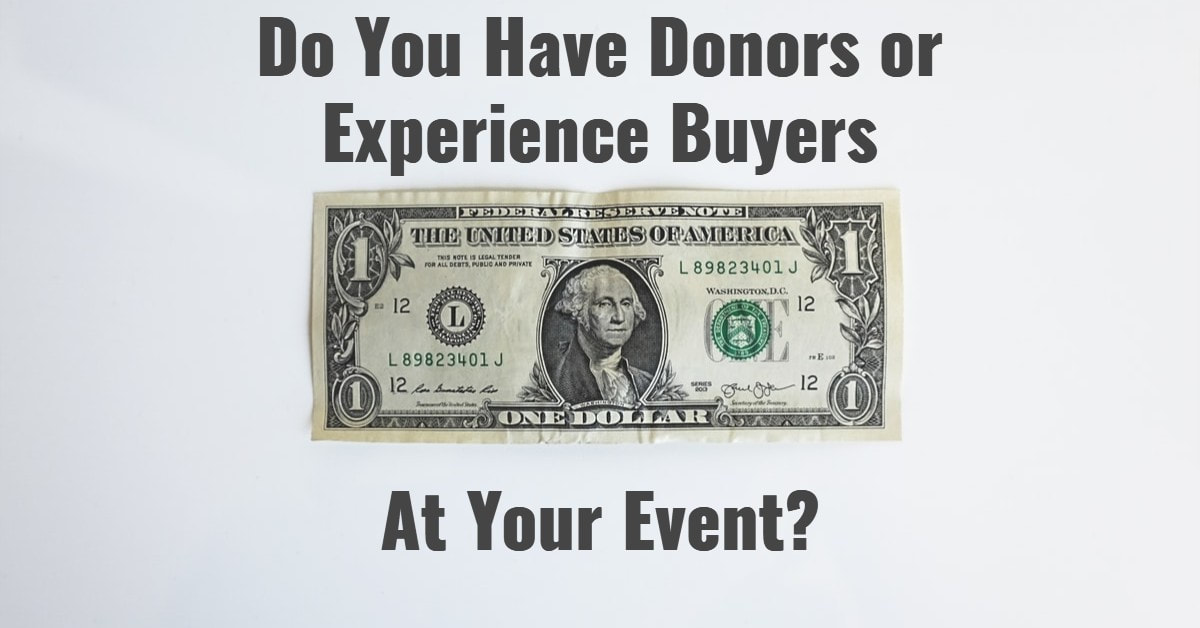

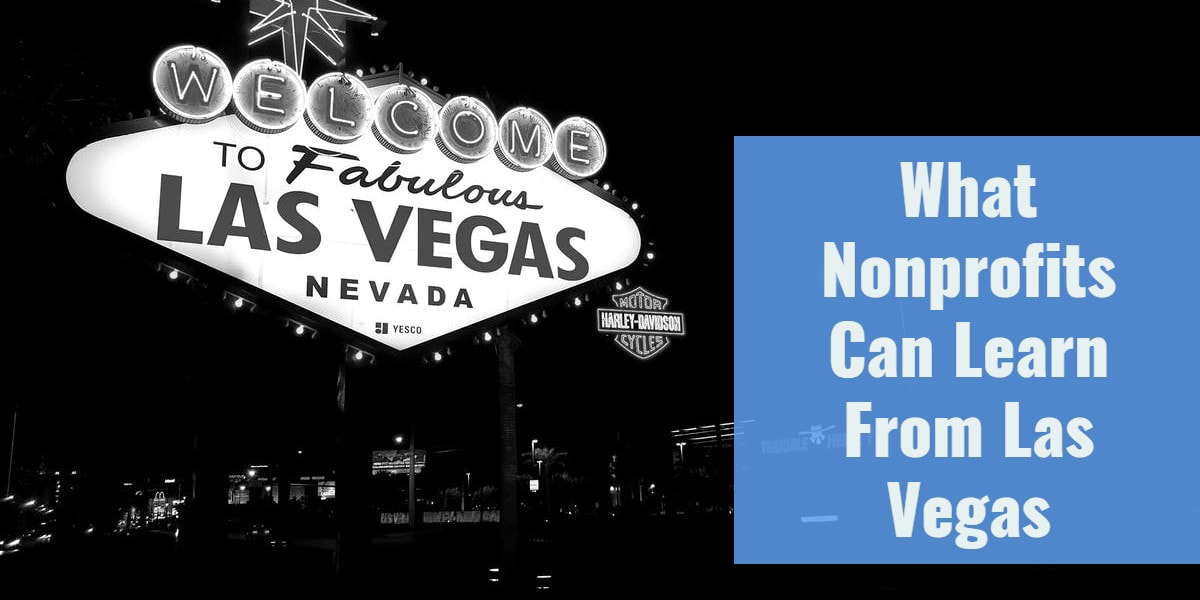
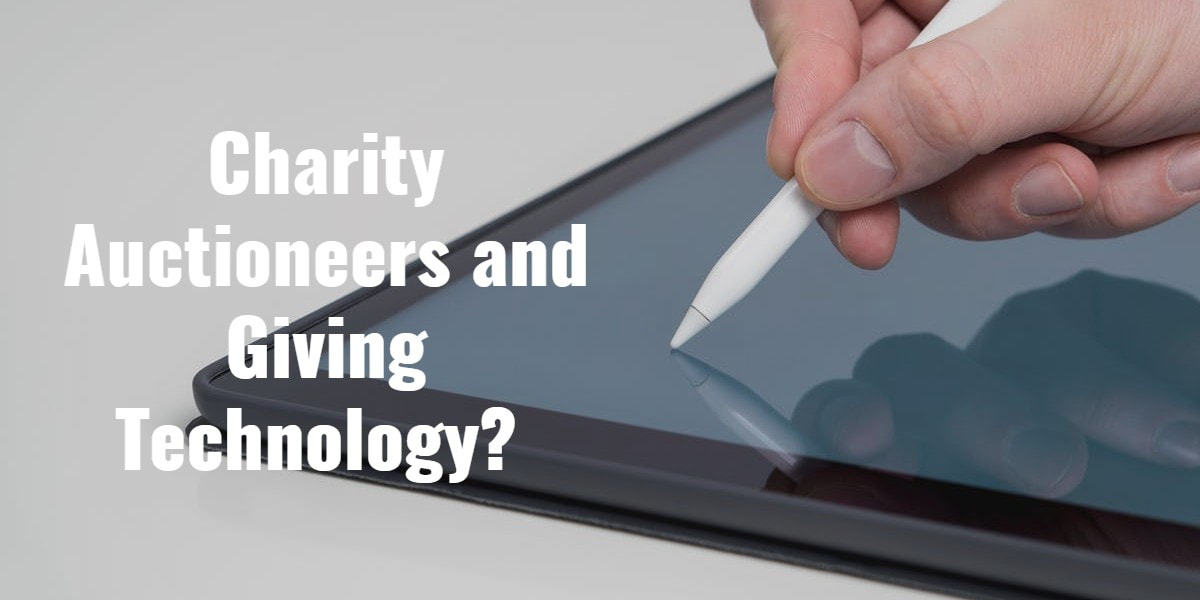
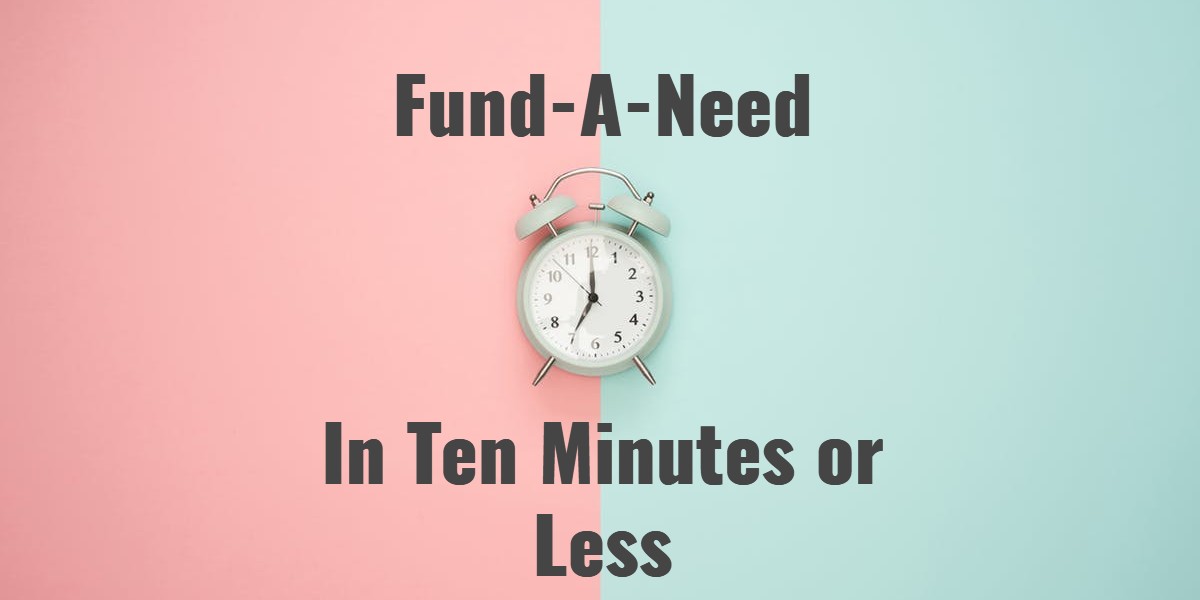
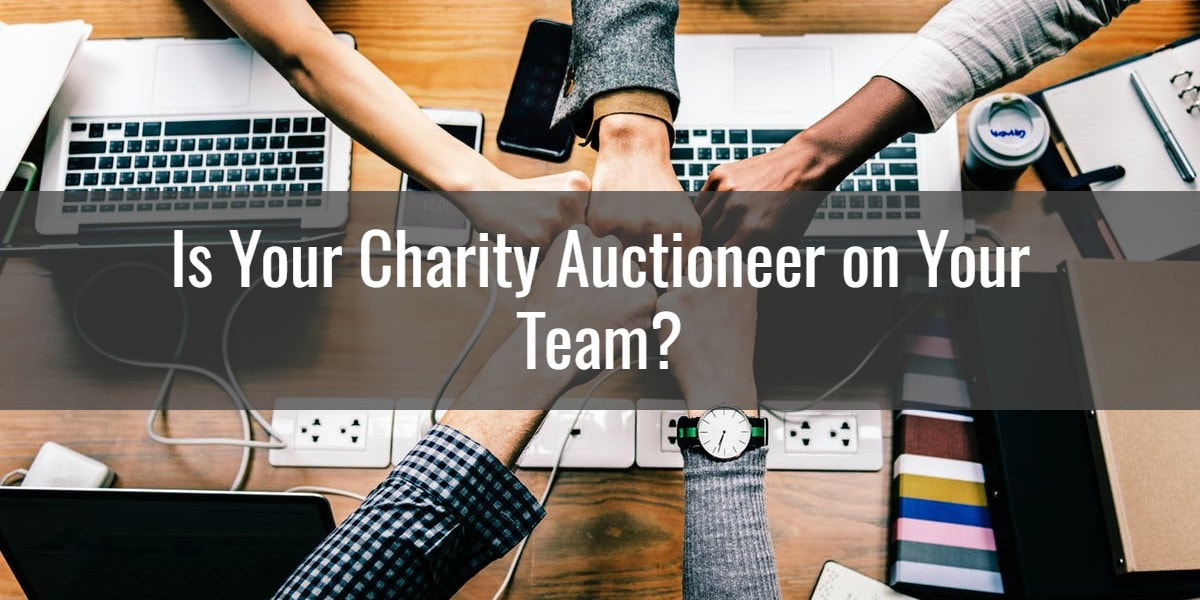
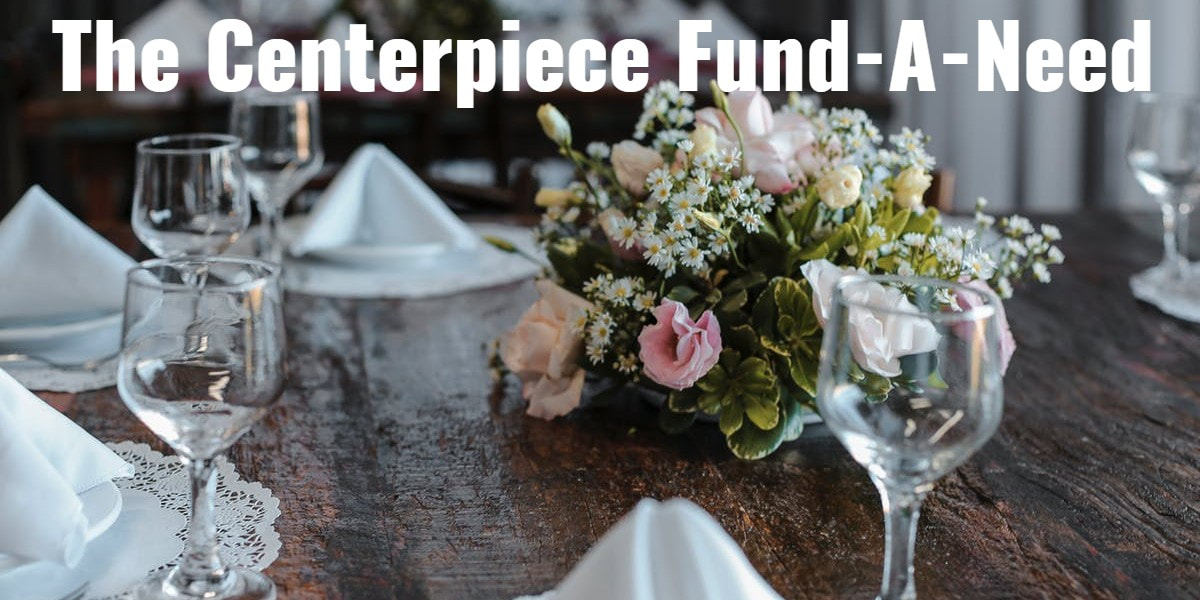




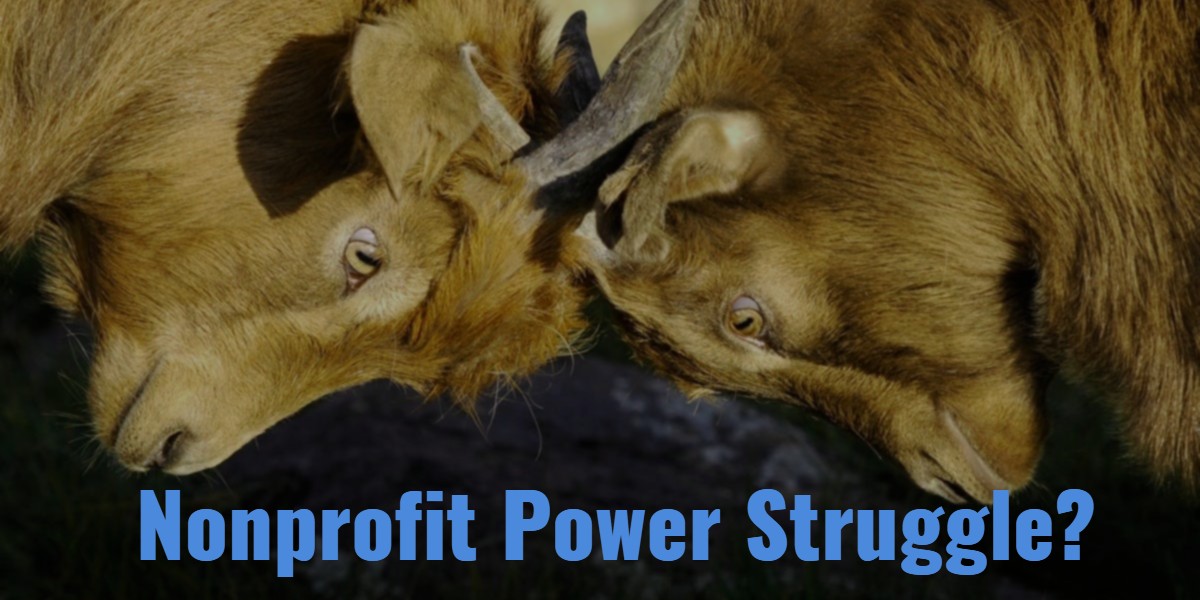
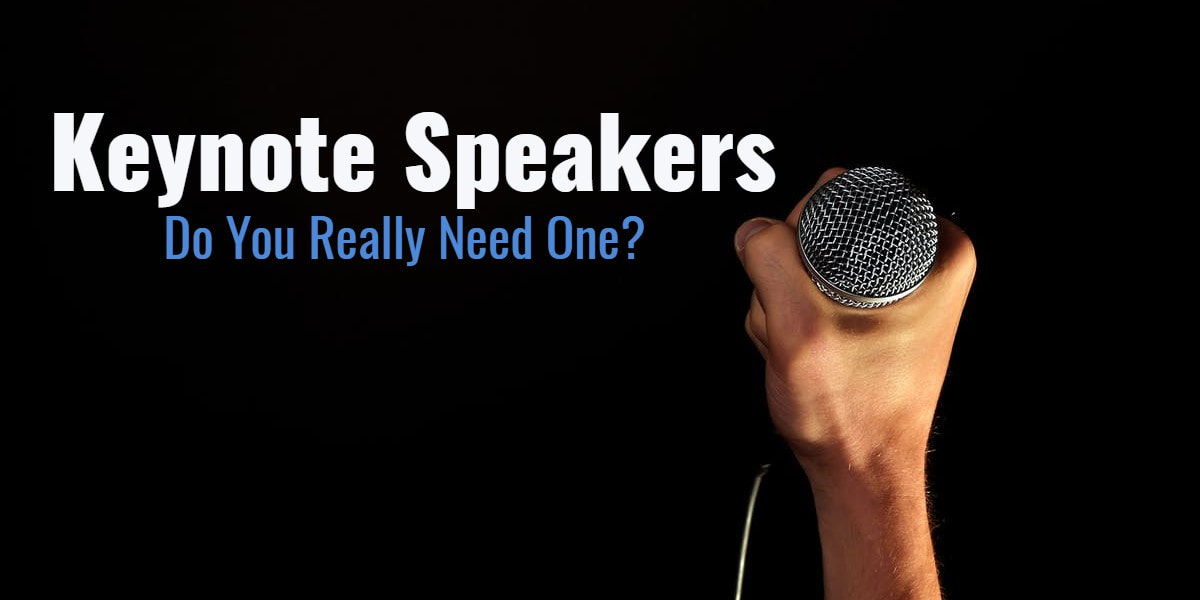
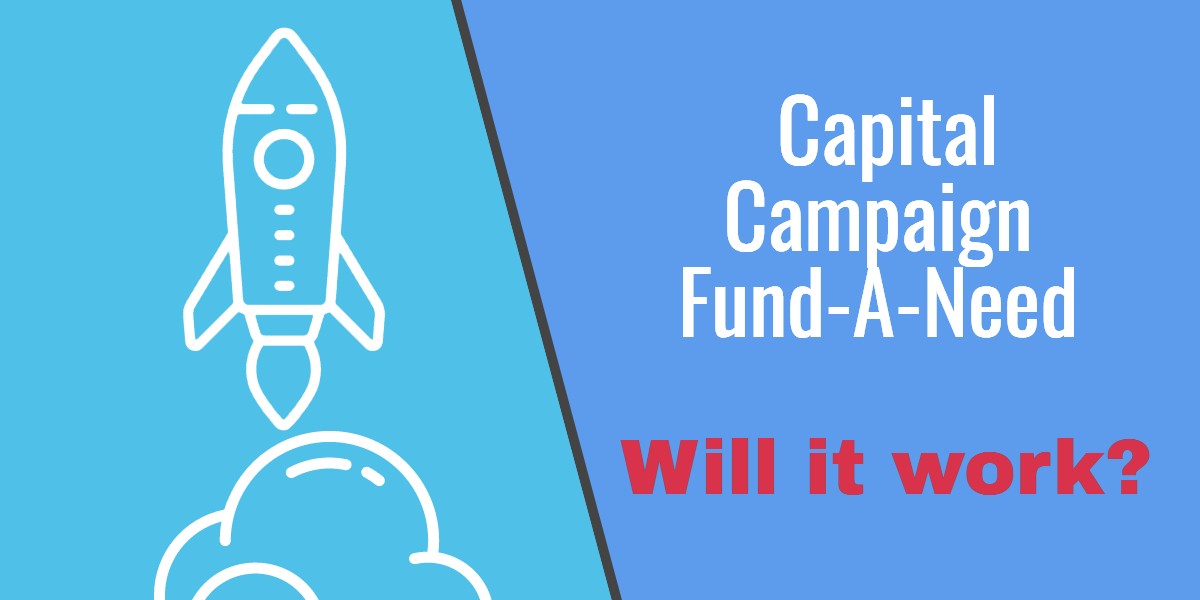

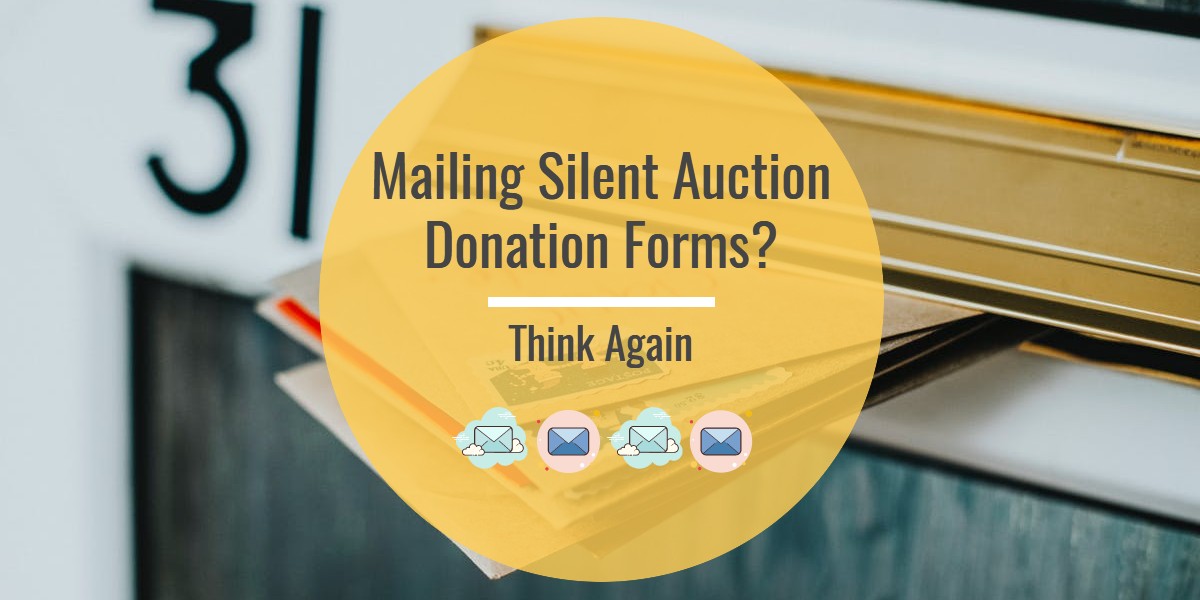


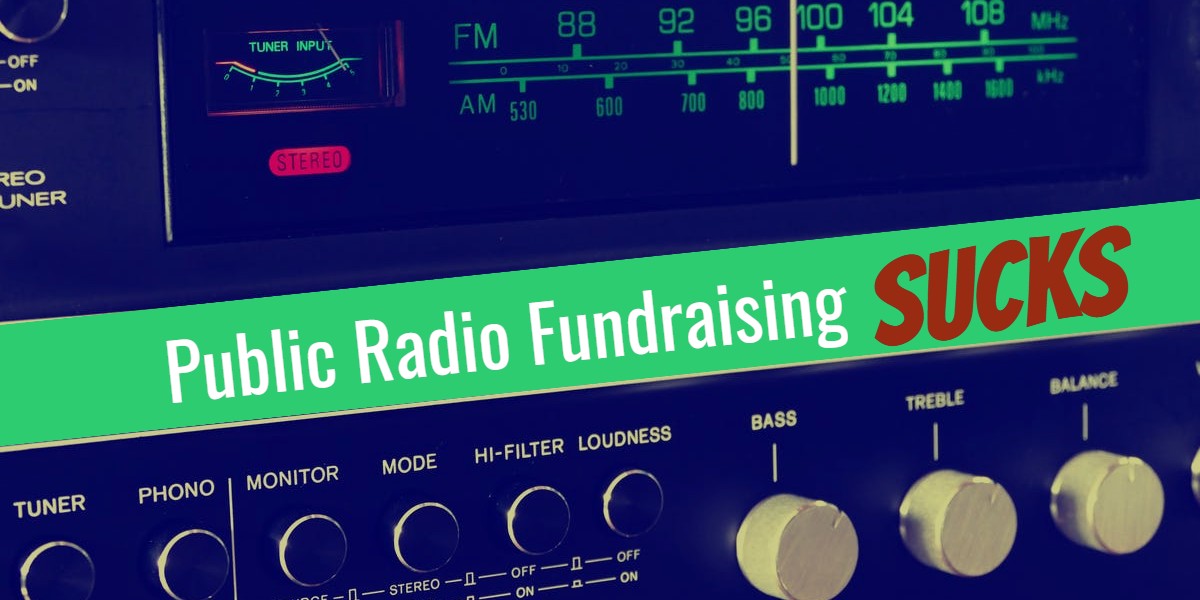
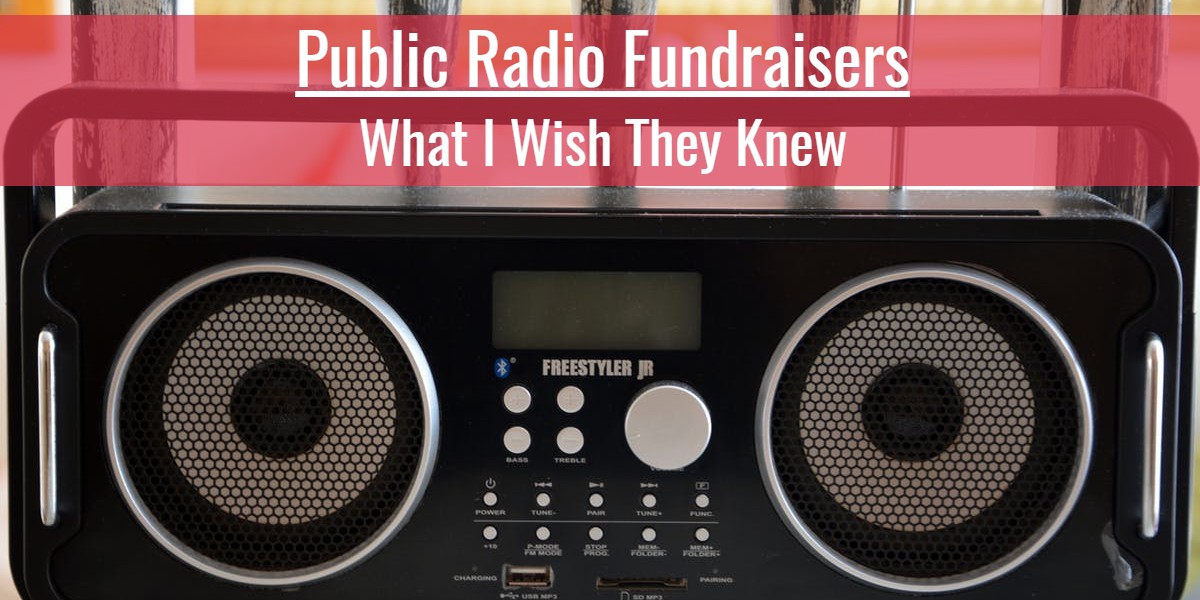
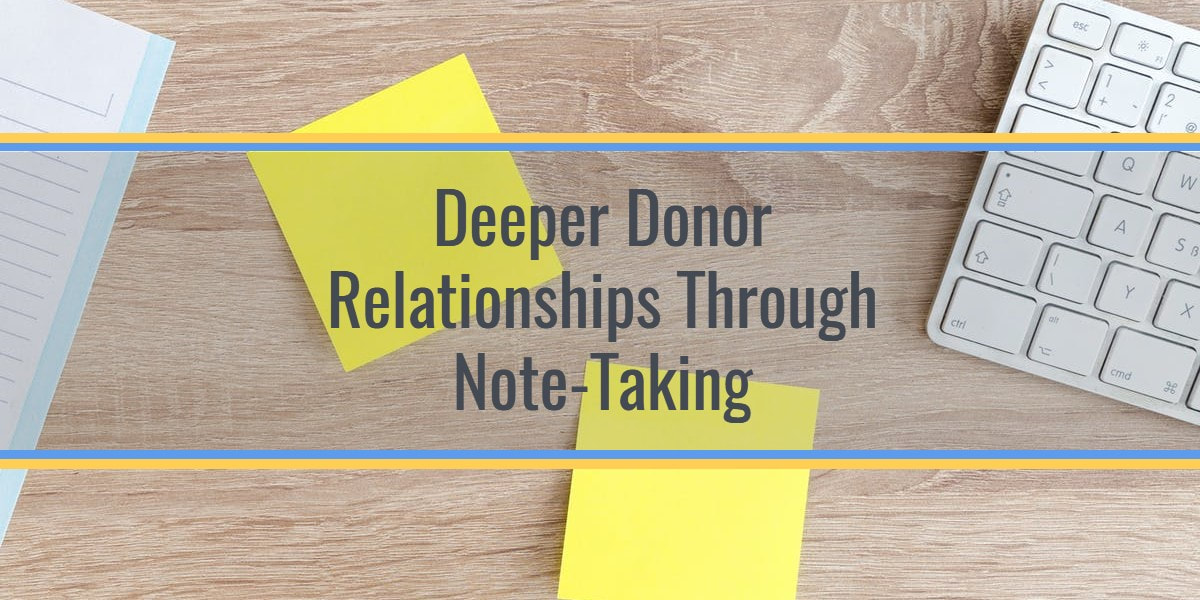
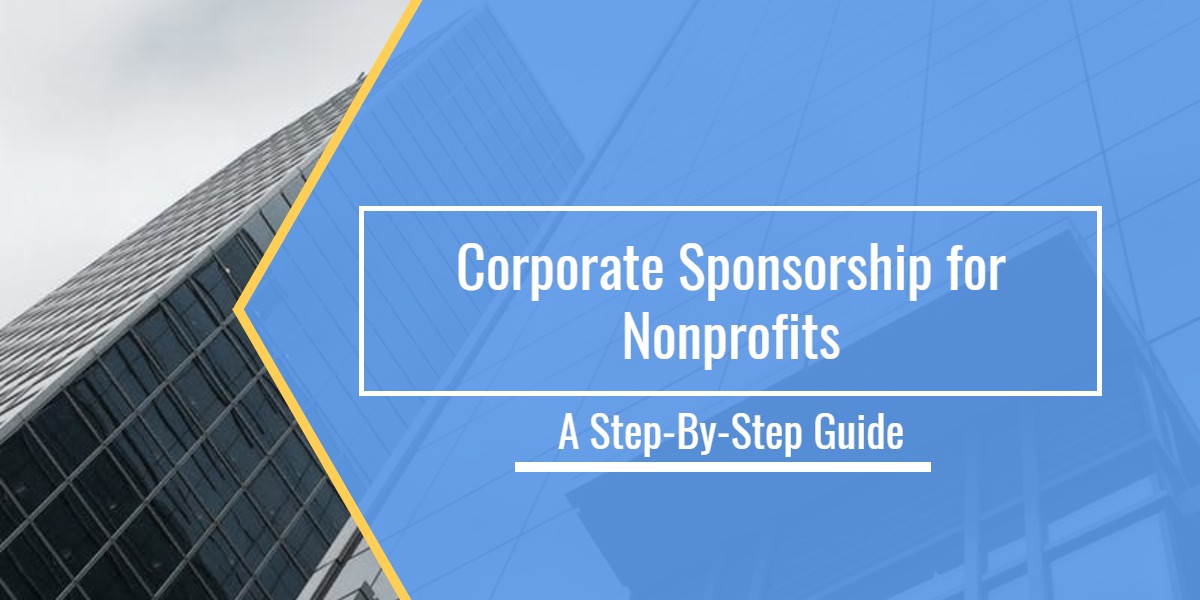
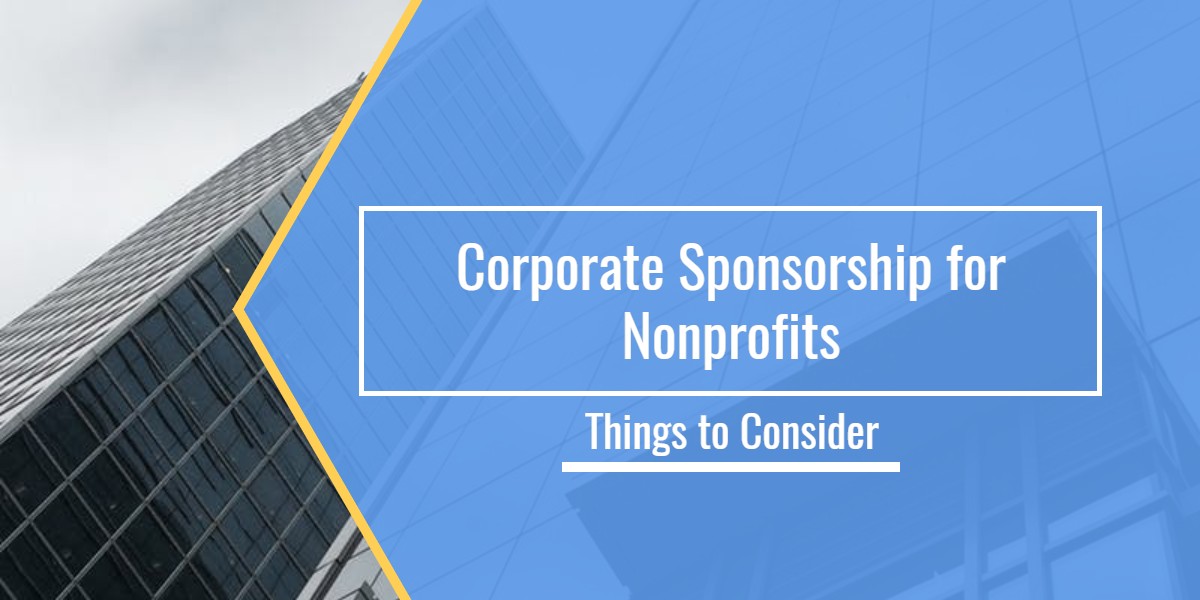
 RSS Feed
RSS Feed